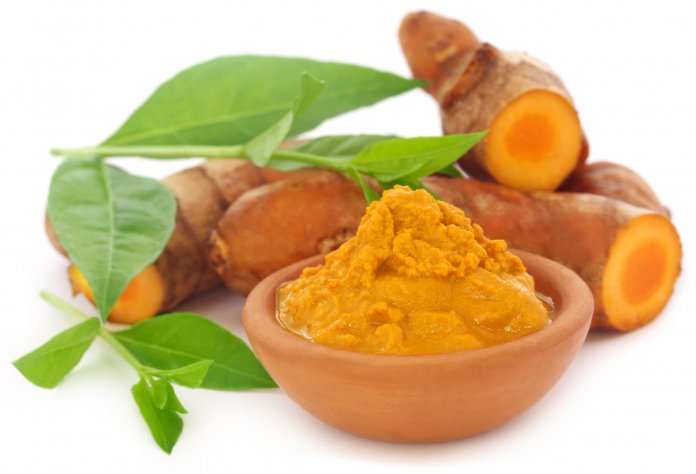Imagine you’re in the produce section of the grocery store shopping for lettuce. You notice that the romaine looks wilted and moldy, and it’s turning brown. But just then, the produce manager comes over with a box of fresh, green, and crunchy romaine. The produce manager then says that you can get the old lettuce for 50% off. The choice is yours. Which lettuce do you bring home with you?
Now think about this: if a company was selling “lettuce pills” that were made from dried, powdered romaine leaves… do you think that their customers would be able to tell if the powder in the capsules came from the fresh green leaves or the moldy brown ones? The customers would have absolutely no idea.
Now, if that company was interested in profits above quality, and they got an offer for 50% off on raw materials (moldy lettuce), and they knew that the customers would never know the difference, which romaine leaves do you think they would buy to put in the capsules?
Sadly, the “lettuce pills” example is actually happening in the herbal medicine marketplace every day. A consumer buying capsules in a bottle has no idea about the health of the plant that they were made from, and unscrupulous companies are using poor quality (rotten, moldy, low-potency, contaminated) raw materials and selling them in stores and online.
Let’s take a closer look at turmeric as an example of how bad this gets in the real world. Turmeric is a an Indian curry spice and a widely used nutritional supplement, and for good reason. This spice is remarkably good for fighting inflammation, reducing the risk of cancer, and for the treatment and prevention of all sorts of diseases. Many of these benefits can be attributed to turmeric’s active compound, curcumin.
Turmeric is a wonderful herbal supplement and I use it in my practice and in my kitchen all the time… but buyer beware. Recent research has demonstrated that many turmeric products contain dangerous contaminants.
The part of the turmeric plant that is used as medicine is the root, much of which is grown on farms in India and Pakistan. In these regions, there is a vast difference from farm to farm in terms of quality, purity, and potency of the final product. Remember that the yellow powder inside any turmeric or curcumin capsule started off as the root of a plant that was planted, grown, harvested, chopped, and dried. In the case of curcumin products, the turmeric root was then treated with a solvent to extract the active compound into a potent powder that goes up for sale in the global marketplace.
Recently, a huge lot of turmeric products were found to be contaminated with a toxic solvent called EDC (1,2-dichloroethane), which is categorized as a “probable carcinogen.” In high enough concentrations, this substance is also linked to heart failure, nervous system damage, and damage to the lungs, liver, and kidneys.
Please pardon my language… but what the hell is EDC doing in turmeric extracts???
The answer is that EDC is a solvent that is often used to extract curcumin from whole turmeric. If a company is using EDC as a solvent, the consumer wants to make absolutely sure that any leftover residue of EDC is gone by the time the powder goes into the capsule. But that does not always happen, and now the marketplace is riddled with curcumin products that contain unacceptable levels of EDC. It happens all the time.
This is why it’s really important for people who take these supplements to know that the company they’re buying from has gone above and beyond FDA regulations to make sure that any turmeric in a product is free of EDC and other toxic compounds. There are many cheap curcumin products out there, and many of them may be doing more harm than good. You certainly do not want a probable carcinogen in a product that you are using to promote health.
Here’s a frightening story that is right on point. On a visit to our manufacturing facility where AI-4X is made, I met with the department of quality control to review some laboratory test results. These were the results of laboratory testing that was done on a batch of turmeric we purchased from a respected raw material supplier in India. The supplier sent the turmeric in large barrel that came with a certificate of analysis that essentially said that it was pure, potent, and clean… in other words, free of any contaminants and ready for mixing and encapsulation.
Well, we send every batch of raw material out for independent laboratory testing anyway, regardless of what the certificate of analysis says, and this batch came back with some disturbing results. Our independent lab found EDC in the turmeric… despite a certificate of analysis that said it was clean! We contacted the manufacturer to inform them of the contamination and to make arrangements to return the shipment to India. That’s when the story took an even more disturbing turn for the worse.
The supplier did not want to take the shipment back. They suggested that instead of sending the barrel back all the way back to India, we could just send it to another company here in the US, who they knew would not repeat the stringent testing that we had performed. We said NO WAY! I don’t want EDC-contaminated turmeric ending up on store shelves in any products, let alone our own! So, we sent it back, and have used different turmeric suppliers ever since.
There is “moldy lettuce” on store shelves all over the world… before you make a decision to add any herbal supplement to your daily routine, it’s crucially important to stick to high quality brands you can trust.
– Dr. Joshua Levitt


